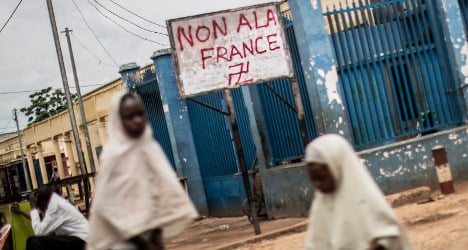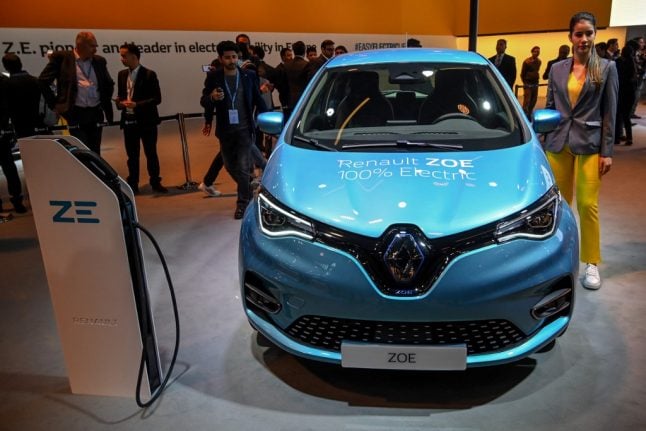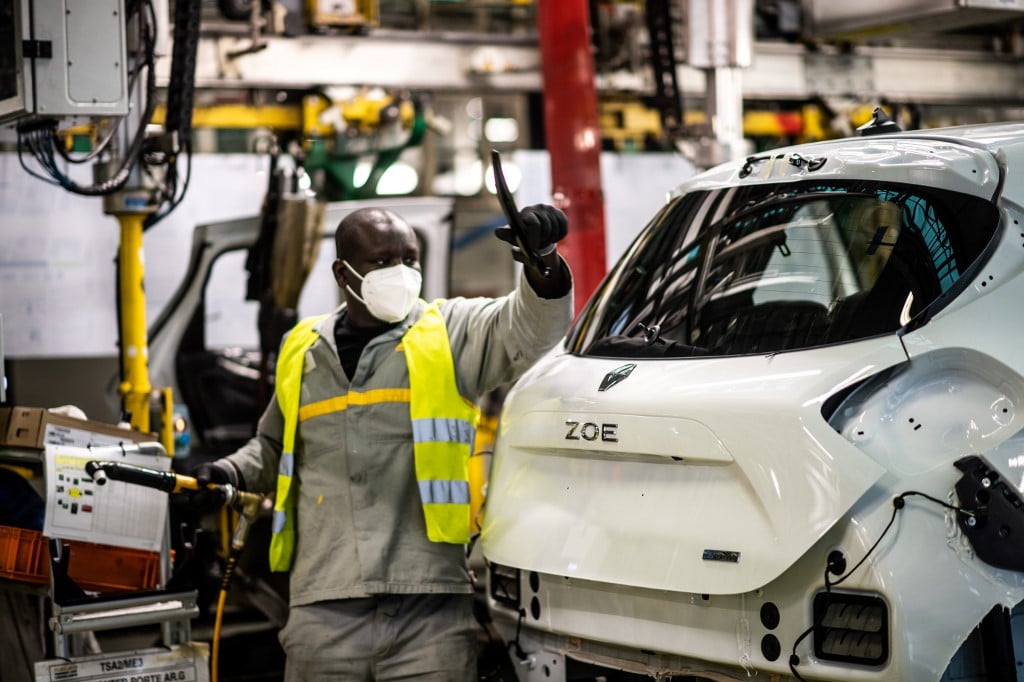France launched Operation Sangaris in its former colony in December to stop the violence that exploded after a March 2013 coup by the mainly Muslim rebels of the Seleka alliance in the majority-Christian country.
Civilians cheered the arrival of the French troops after enduring massacres by rogue Seleka fighters and then revenge killings targeting Muslim civilians that left the streets of the capital Bangui strewn with corpses.
But six months on, the landlocked African nation remains the scene of deadly clashes and its people are turning against their former heroes for failing to disarm rival sides.
Hostility towards the soldiers has been brewing for weeks in the former French colony. It peaked on May 28th when 17 people were massacred at a Bangui church and 27 were abducted, according to the United Nations, with no intervention by peacekeeping forces.
French troops were booed by residents over the weekend in Miskine, a Christian neighbourhood of Bangui near a Muslim one. In Muslim districts chants of "No to France!" and anti-French insults are now commonly heard.
"When they arrived, we had hope that they were going to disarm the country," said Noel Ngoulo, secretary general of Bangui University.
"But as time has gone on, the population noticed that the disarmament was delayed. People are angry at the French because they have the impression that the mission objective has changed, from a mission of disarmament to one of simple intervention."
'Manipulation by radicals'
Following a first phase of operations in Bangui, French forces secured the route linking the capital to the Cameroonian border, which is an essential supply corridor. In the east, they now operate in Bambari region, a "friction zone" where ex-Seleka members have set up a new general staff headquarters.
French special forces have been operational for the past few days in northern territory controlled by Seleka fighters from the flashpoint town of Ndele.
The French soldiers have tried to ensure their neutrality amid the near total exodus of the Muslim population from Bangui and other main towns, but Christian and Muslim militias each accuse France of aiding the other side.
In the Muslim neighbourhood of PK-5 in Bangui, "when the French arrived there was fear," said Oumarou, a physics professor, arguing that the military presence provoked "the anti-balaka … to launch attacks."
French military spokesman Gilles Jaron blamed rising anti-French sentiment on "manipulation by radical elements who want to turn the population against French soldiers."
General Dominique Trinquand, a former head of France's military mission to the United Nations, said that the "asymmetrical nature of combat" made the task of peacekeepers "very difficult", since roving gangs armed with machetes were up against troops in armoured vehicles.
Apart from sporadic peaks of violence, "we reached a certain level of use for military force," Jaron declared. "Now we have to establish the economic and political foundations" in a country with a barely functioning state and a ruined economy.





 Please whitelist us to continue reading.
Please whitelist us to continue reading.
Member comments